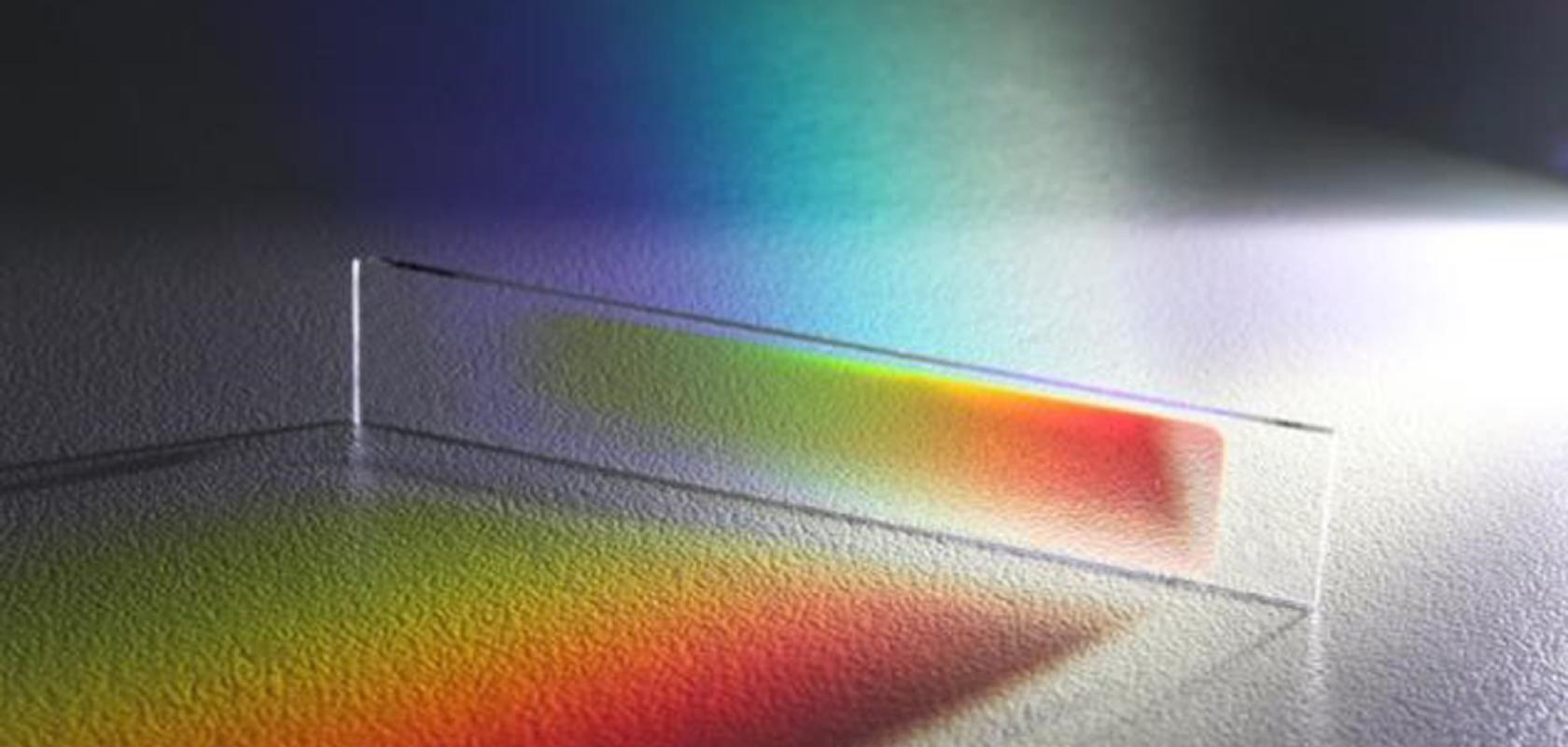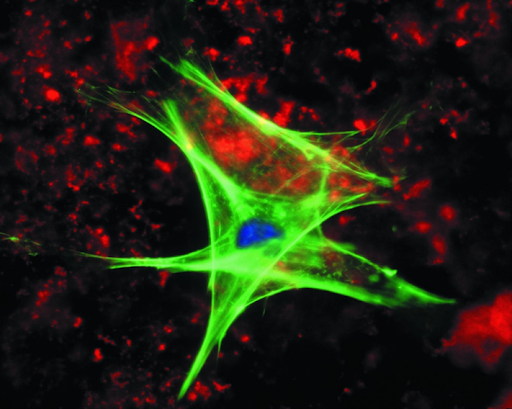Fluorescence has firmly placed itself as an indispensable tool for life science researchers seeking to comprehend cellular-level biological processes.
Far from a new phenomenon, fluorescence was first noted back in 1845, when UK scientist John Frederick William Herschel discovered that a quinine tonic water solution, when reacting to sunlight, emits a blue light. In 1852, Irish physicist and mathematician, George Stokes coined the phrase in his paper, On the change in refrangibility of light.
Since then, the early 1900s saw the development of fluorescence microscopes, and this further developed in the 1930s, with the introduction of fluorescent stains that allowed for the visualisation of non-fluorescent specimens. The 1940s saw the use of fluorescently-labelled antibodies, providing precise visualisation of specific structures within cells, and then, in the 1960s there was the discovery of green fluorescent proteins, which could be genetically tagged to enable targeted live cell imaging.
This evolution has cemented fluorescence microscopy as an invaluable tool for studying subcellular structures and processes, and the technology and tools behind this technique have continued to evolve and develop, opening up an even wider range of applications and use cases in the life sciences and beyond.
Fluorescence imaging in today’s life science applications
Today, fluorescence is widely used in applications such as biological and medical imaging, to label and visualise specific biological structures, cells, and molecules. It is also employed in diagnostic techniques, such as immunoassays and fluorescence in situ hybridisation (FISH). Cell biology, immunology, and cancer research are additionally benefitting from the technique, and in materials science, it can be used to investigate defects, impurities, and structural changes in materials.
In chemical analysis, fluorescent compounds can be used as chemical indicators and sensors to determine the presence and concentration of specific substances, while fluorescence microscopy is used to visualise structures within cells and tissues, allowing researchers to study living cells and dynamic processes in real-time.
However, fluorescence does not come without its challenges. One of the biggest being cost. High-quality fluorescence microscopy and imaging systems can be expensive, and access to state-of-the-art instrumentation can pose a financial challenge for some researchers and institutions.
The role of optical filters
The optical components are a big part of this, and while classical optical filters have been effective in fluorescence imaging applications, the variety of fluorophore types presents its own challenge. Christian Katzer, Head of Product Management at Materion Balzers Optics explains: “Because each so-called fluorophore has its own way of absorbing and emitting light, it means that different filters are needed for different tasks. This can make things more expensive and, in some situations, require larger setups that take up more space in the lab, so there's a need for optical filters that can be flexible and adaptable for fluorescence applications.”
Enter the linear variable filter (LVF). LVFs change their transmission characteristics gradually along one direction. Instead of being the same across its entire surface, like a classical filter, an LVF can allow certain wavelengths of light to pass through at some parts of the filter while being rejected at other parts, i.e. they allow for a spatially dependent spectral filtering. This design is ideal for situations where there is a need for a diverse set of optical filters, such as fluorescence imaging applications.
Katzer says: “LVFs have the great advantage of being flexible. This means instead of using multiple different bandpass-filters, only one long-pass and one short-pass filter is needed. If they are both slid in parallel in front of the light source, the centre wavelength of the transmission curve can be tuned. If they are slid in respect to each other, the width of the bandpass filter can be tuned. This means that by using just two filters, one longpass LVF and one shortpass LVF, we can address a whole bunch of fluorophores and don't need hundreds of different individual homogeneous filters. This can cut down on the amount of equipment and, therefore, costs.”
Materion Optics Balzers offers a number of LVFs, from the UV to the near-infrared range. The adjustable edge position of the transmission band is adaptable, depending on the task at-hand, and as the gradient has a high linearity, researchers can use the measuring range without having to make complex calibrations. “What sets us apart,” says Katzer “is that we use a very sophisticated coating technology, meaning that we can achieve very high layer thicknesses and very complex filters in terms of high-transmission, much higher than what is usually the case. So, depending on the wavelength, we can achieve transmissions of up to 97%, which means lower losses, less scattering, and less absorption.”
Optical coating: The secret sauce
The technology to which Katzer refers is the use of plasma-assisted reactive magnetron sputtering, a sputter coating method that is designed to enhance traditional sputtering thanks to an additional plasma-assisted step, to provide more precise and uniform coatings for optical filters. A high-energy plasma is created during the sputtering process using a reactive gas supply. The high levels of energy then enable the formation of a homogeneous and particularly compact layer structure, which provides additional benefits. Continues Katzer: “The technique also allows us to achieve a higher rejection of the unwanted light. So, while a typical filter would block up to optical density (OD) 4, we can achieve up to OD 8, depending on the spectrum.”
Materion's LVFs are also designed to enable fast and steep spectral transitions between pass and block ranges, which is an important characteristic when it comes to using fluorophores with their excitation and emission spectra close to each other. Thanks to the company’s longevity and expertise in the market, it is also well placed to tailor the gradient, i.e., spatial dependence of the spectral function, or other qualities to customers’ bespoke specifications.
Materion Optics Balzers also recently produced a White Paper, with more detail on how academic researchers and OEMs can use the latest generation of LVFs to their advantage, saving time and space in fluorescence imaging for life science applications.



